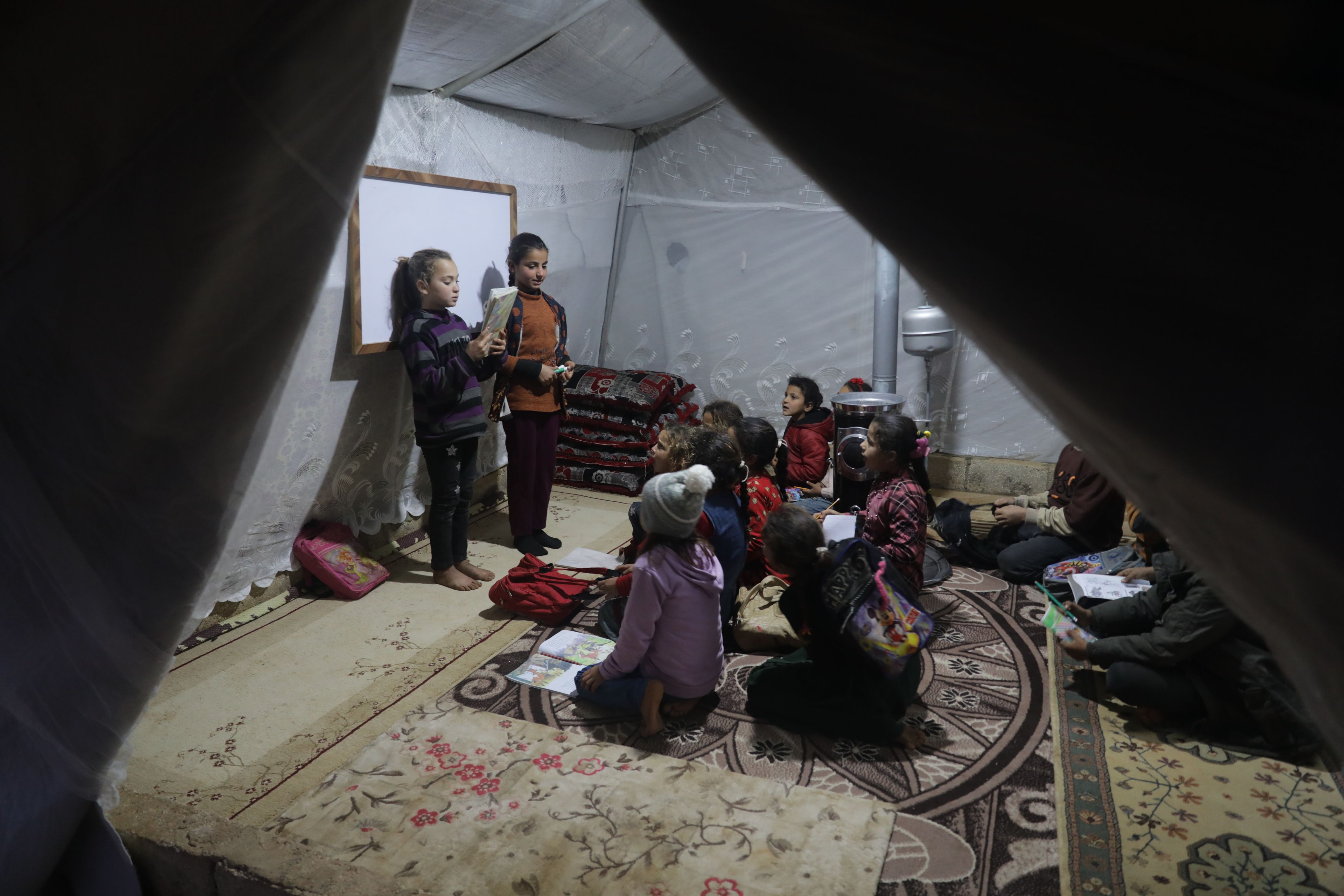Children
teaching Children
Mariam and Muna: Students in the Morning, Teachers in the Evening
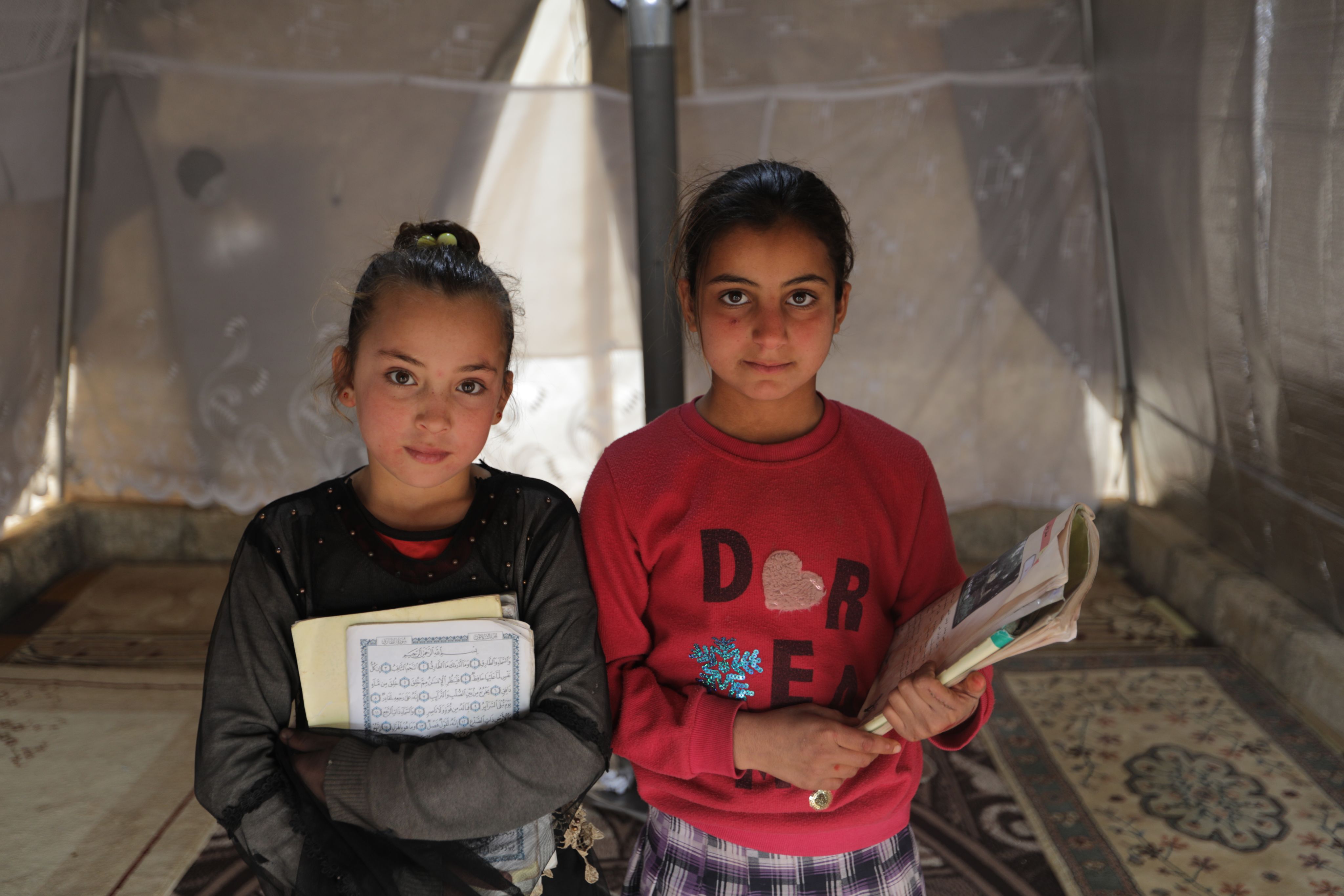
With her backpack firmly on her back and gripping her friend's hand, 10-year-old Mariam sets off on her daily journey. Step by step, she walks towards a nearby hill, a testament to her resilience and determination. It has been three years since she was displaced to a camp in Afrin, northern Syria, yet Mariam continues to walk with unwavering resolve.
It takes approximately 30 minutes for Mariam and her friend Mona to reach that school. Mariam considers herself fortunate compared to other children in the camp, as her family's determination enables her to continue her education despite the distance of the school. Many other children in the camp do not have the opportunity to attend formal schools, and some have never experienced what a school represents in its universally recognized form across the world.
Instead, they study in a tent managed by Mariam and assisted by Reem.
Join us in the story of Mariam and Muna, a 360-degree experience that you can also enjoy by wearing virtual reality goggles if you have one. Throughout this story, you will encounter different elements accompanied by QR codes. By scanning them, you can see those elements in the room where you're sitting. We have utilized augmented reality technologies to deliver the complete story to you and make you feel like you're also part of what's happening in this war-torn region for nearly 12 years.
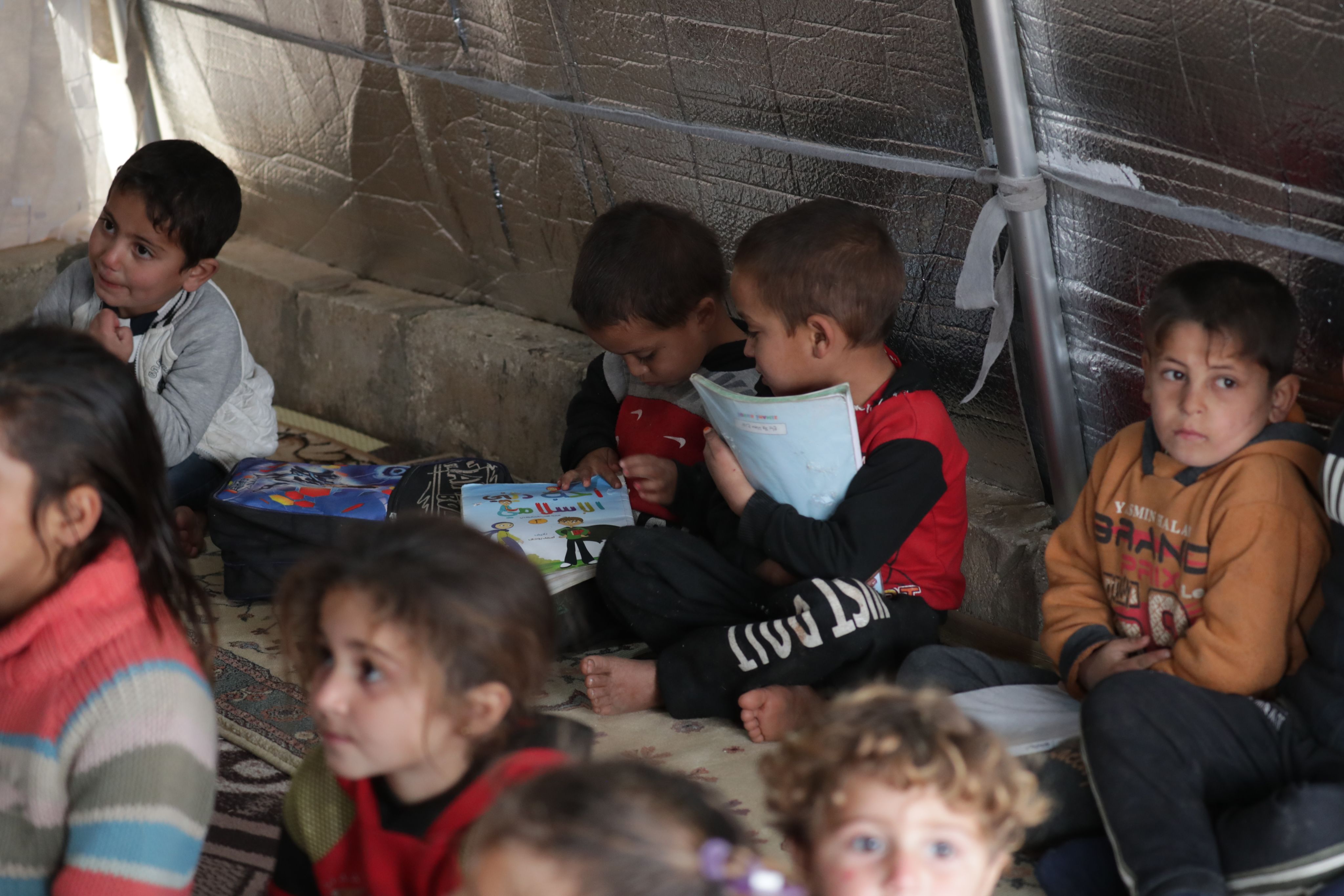
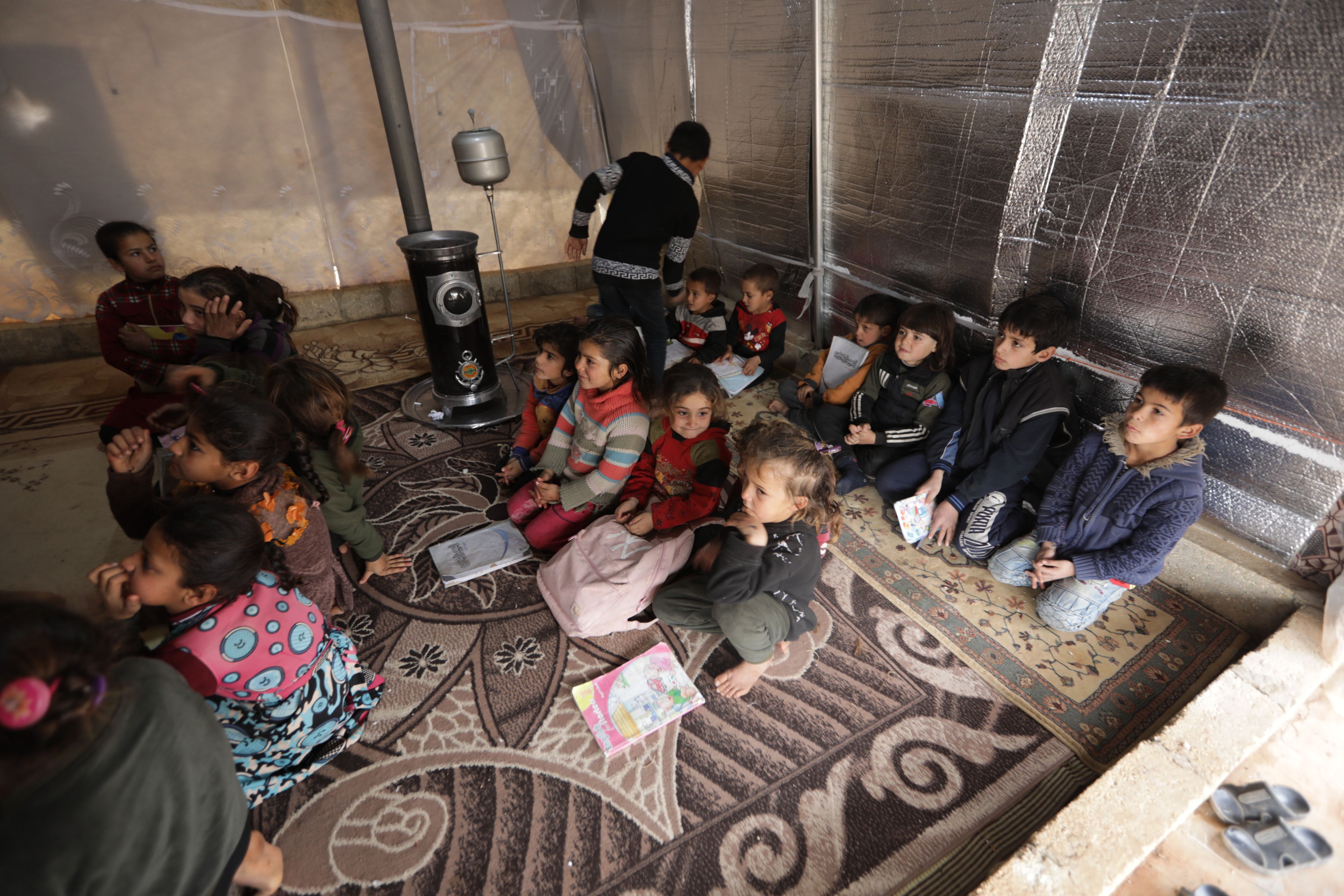
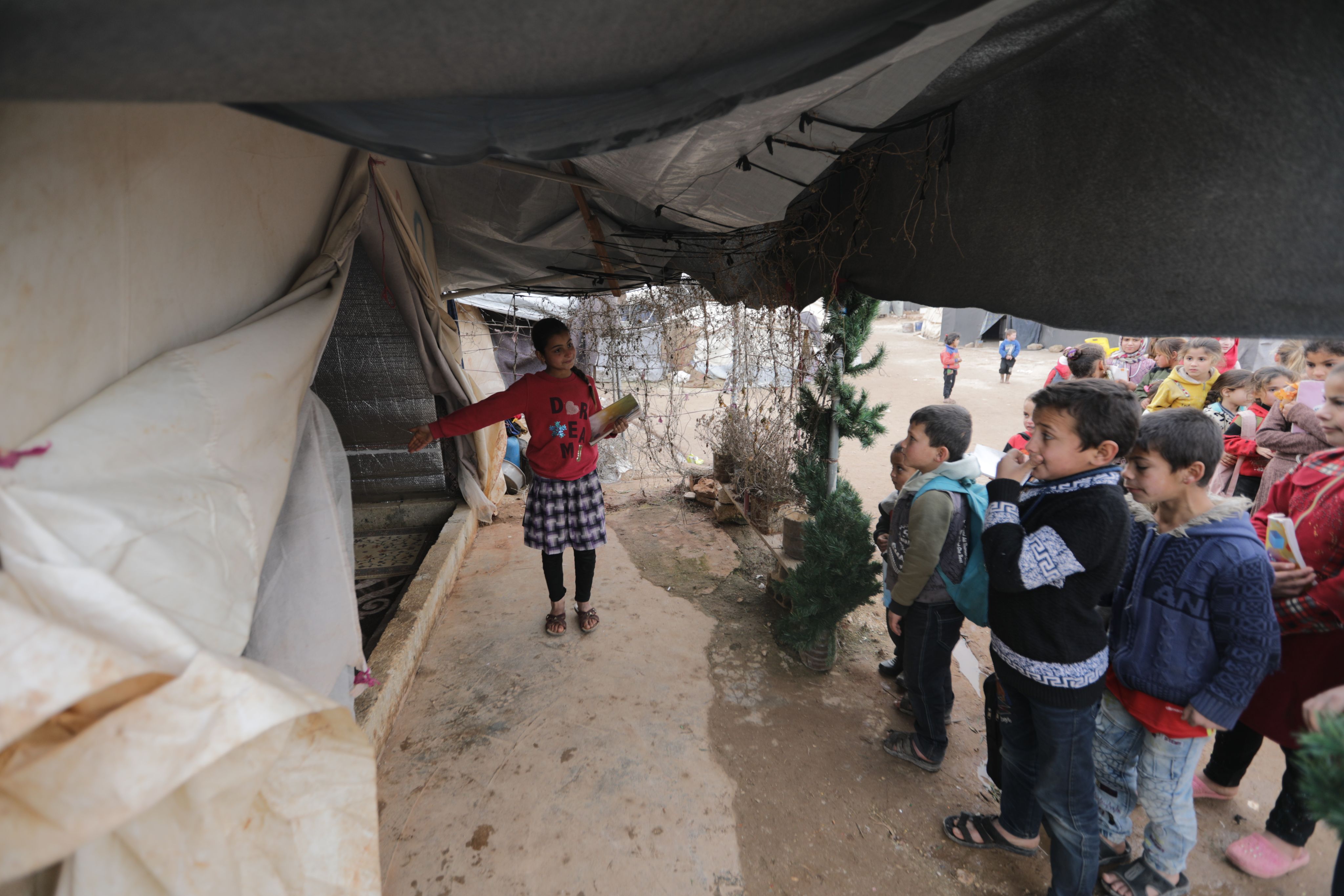
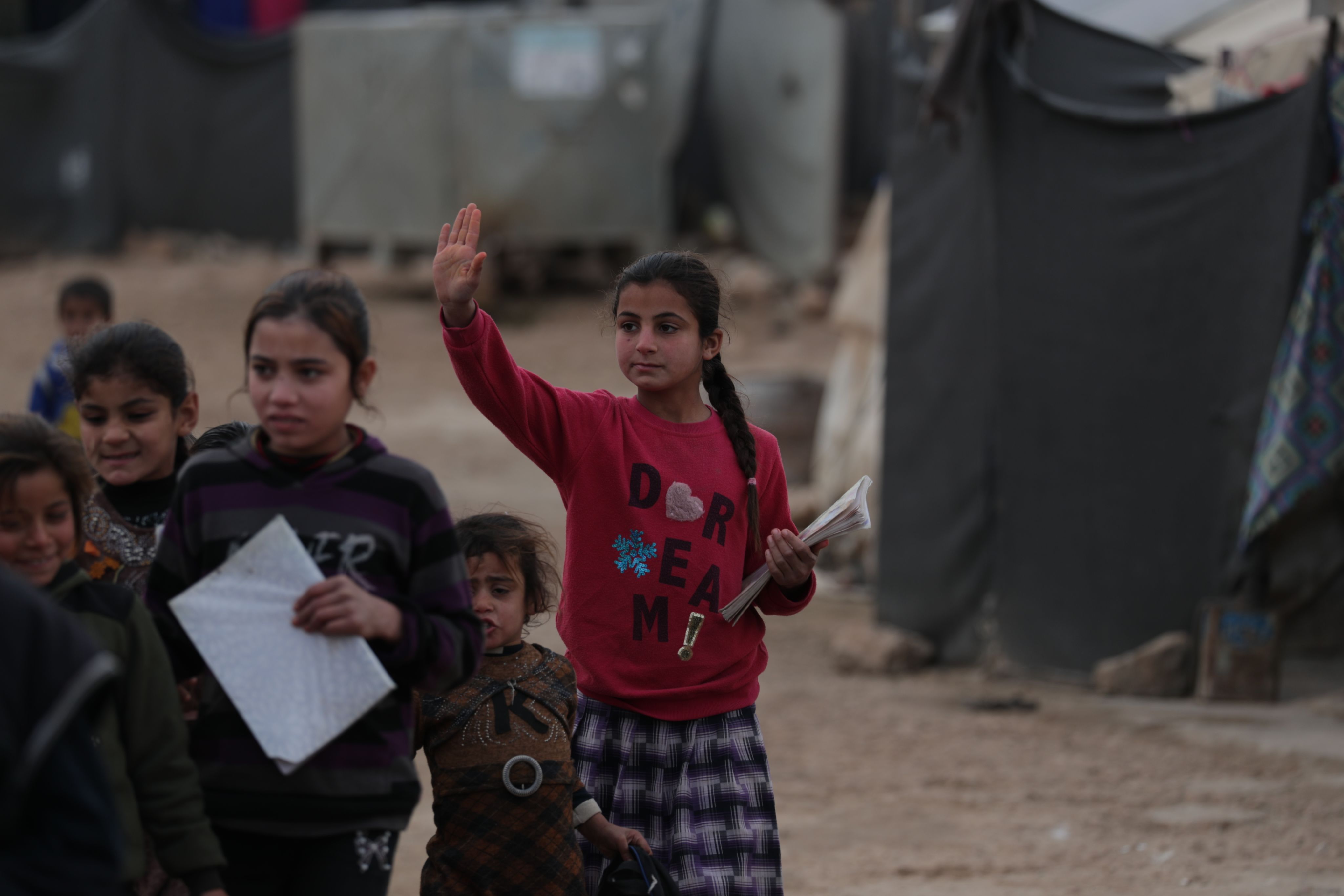
A Source of Inspiration and Unwavering Support
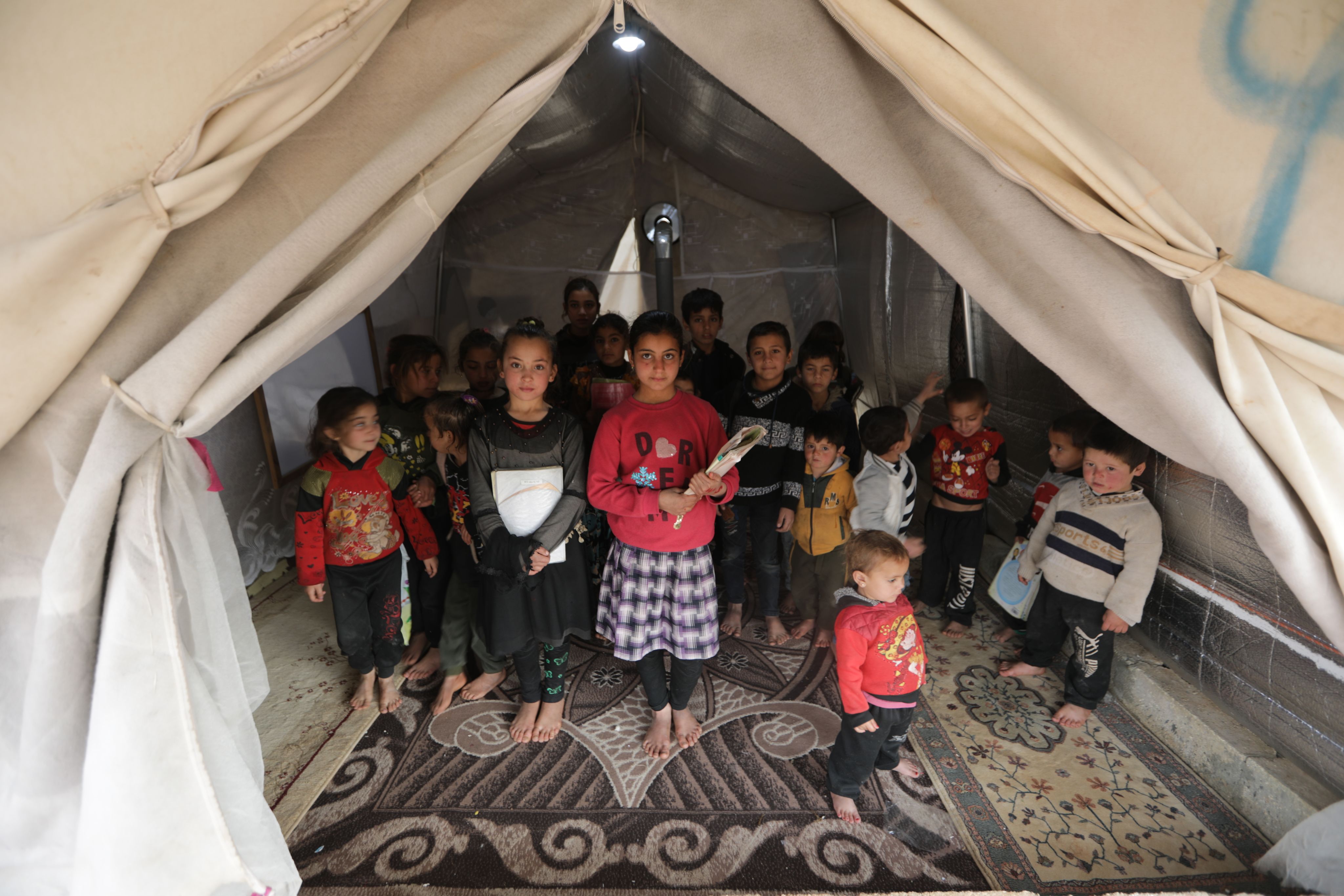
In the year 2021, the United Nations released a report revealing that a decade of conflict in Syria has tragically deprived half of the Syrian children of their right to education. Among those affected was young Mariam.
She was not only deprived of her right to education but also stripped of her school, home, and community. Alongside her family, she escaped from their village in rural Idlib to the camps in Afrin, northern Syria, and amidst the challenges of displacement, her educational journey was put on hold.
Deprived of education and driven by her thirst for knowledge, supported by her mother, she took it upon herself to establish this tent, serving as a school within her camp. It welcomes around 20 students, with the eldest not exceeding ten years old and the youngest at the tender age of five.
Mariam tells Tinyhand, "I am teaching children in this tent because there are no schools in the camp, and the nearest school is a 30-minute walk away on foot."

Not only is that the reason that motivates her to teach children what she learns in her morning school, but also because, like them, she was once deprived of attending school due to displacement and the effects of war. This personally resonates with her and compels her to dedicate her time after her own school hours to educate the children in the camp.
Mariam's mother has been the driving force behind her endeavors, providing unwavering support and ensuring she has all the necessary resources for educating the children. "It is my mother who has fervently encouraged and empowered me in my current pursuit, while my dear friend Mona has been instrumental in assisting me," she attests with gratitude.
Mariam, a third-grade student, undertakes the responsibility of teaching children subjects such as mathematics, Arabic language, and even Quranic verses.
However, she acknowledges that what she is doing cannot replace the formal education provided by schools. Her wish is clear as she expresses, "My hope is for those who support schools to establish educational institutions here and assist students in their studies, rather than having them study in makeshift tents like this.
Her dream is for children to return to their classrooms, and her own dream is to return to her school in her village. She fondly recalls, "It was a very beautiful school where I used to go every day with my friends," says Mariam.
Follow the arrows here and accompany the two little girls on their educational journey:
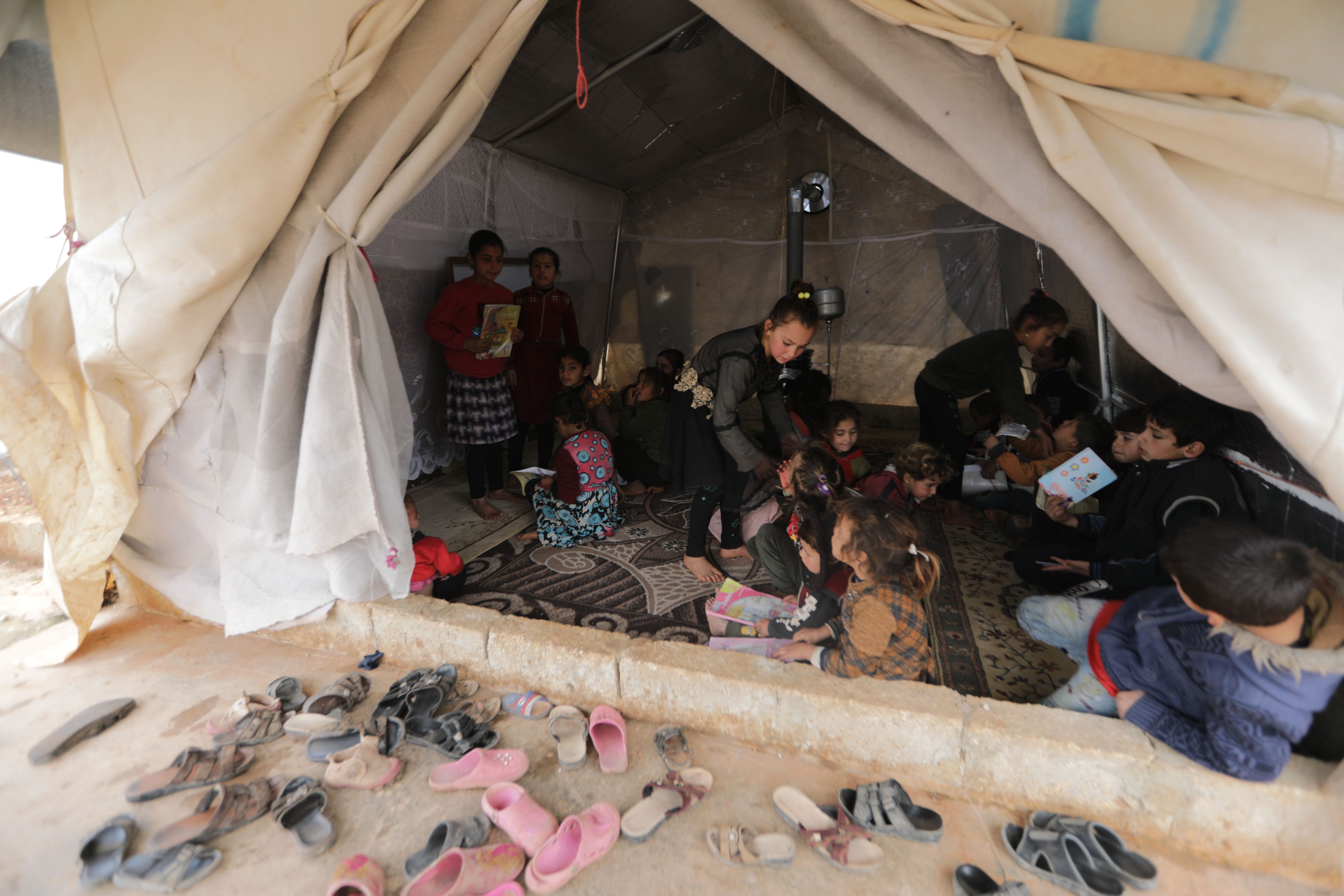
Figures and Statistics
7,000
Over 7,000 schools damaged or destroyed.
2 million
About 2 million children out of school. Many of these children are the most vulnerable, including those recently displaced by insecurity.
800,000
Over 800,000 children remain out of school.
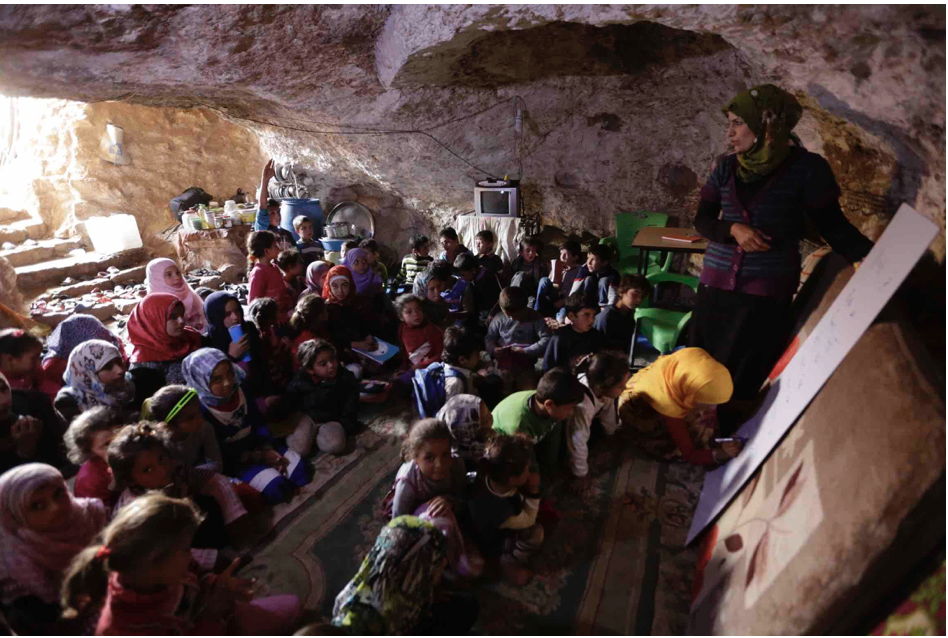
The Cave School
The war has given rise to diverse forms of educational institutions, including this cave that has served as a secure refuge for its organizers, shielding them from the perils of bombardment and aerial attacks.
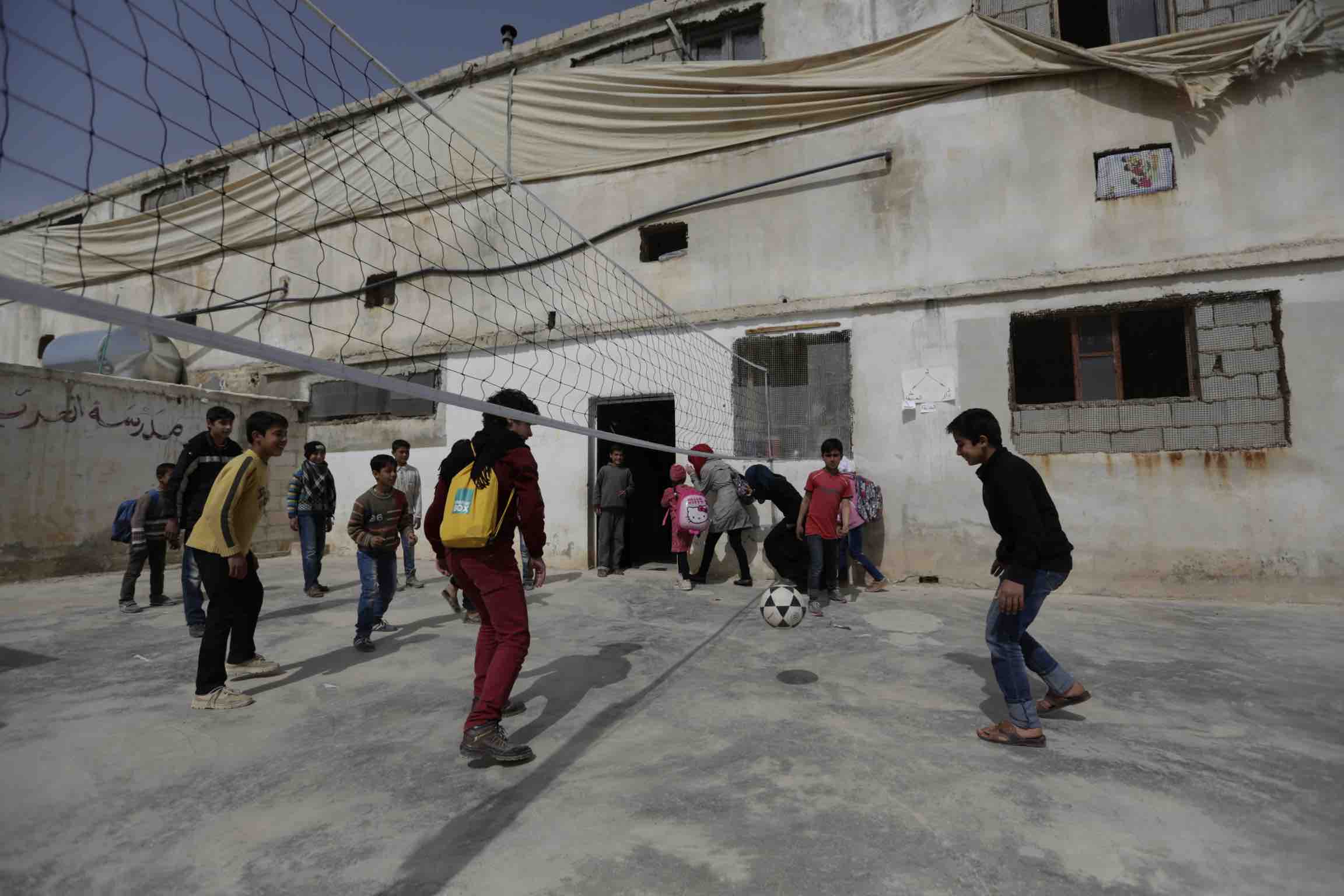
The Poultry Farms
The school had served as a poultry farm and a feed warehouse before being turned into a place suitable for teaching students. The rooms were turned into classrooms containing wooden desks.
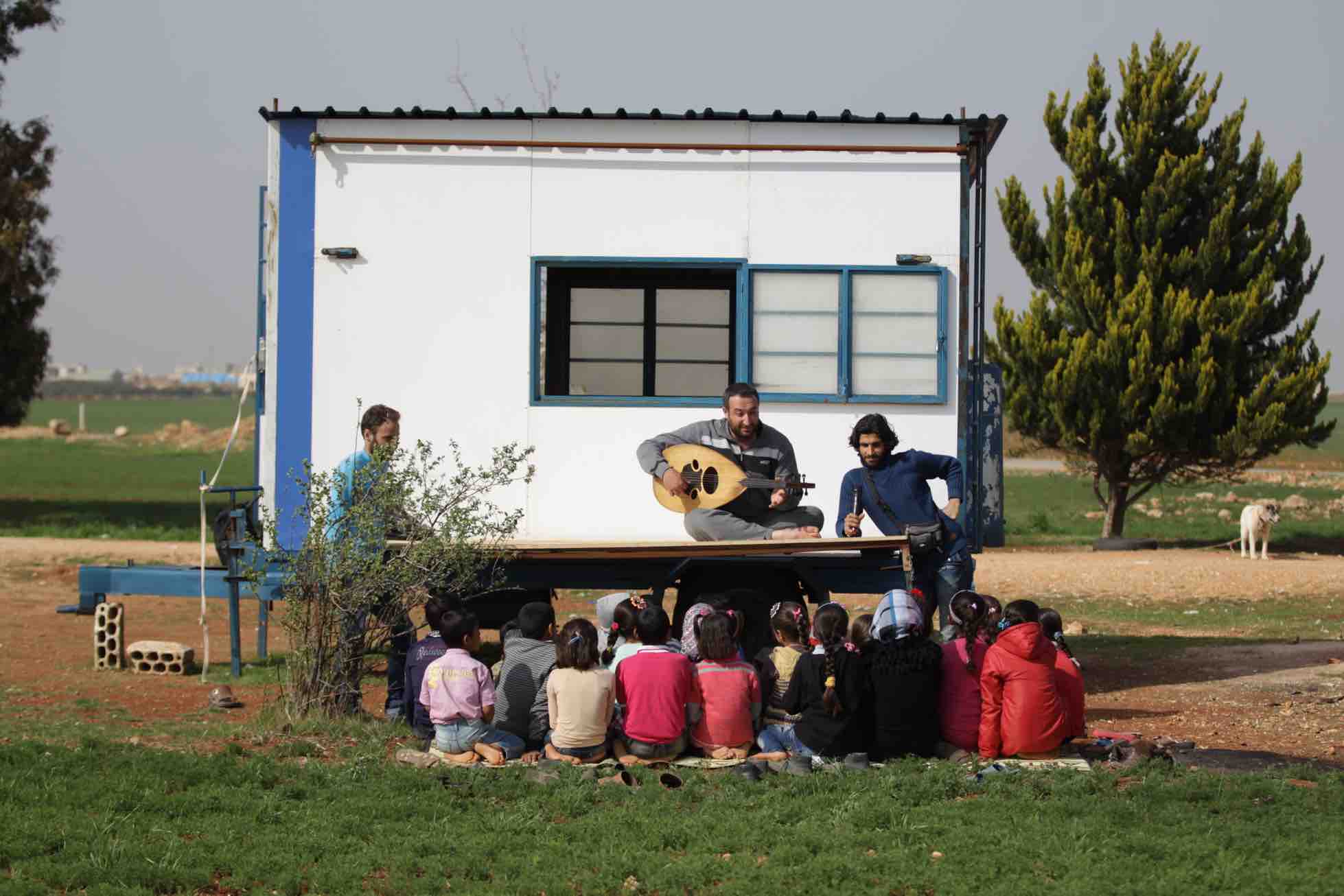
The Caravan School
The purpose of this caravan is to provide educational lessons and recreational activities aimed at supporting the children mentally, considering the pressures they have experienced due to the war. It also aims to offer lessons that somewhat compensate for the school they have been deprived of as a result of their displacement from their villages in the countryside of Idlib.
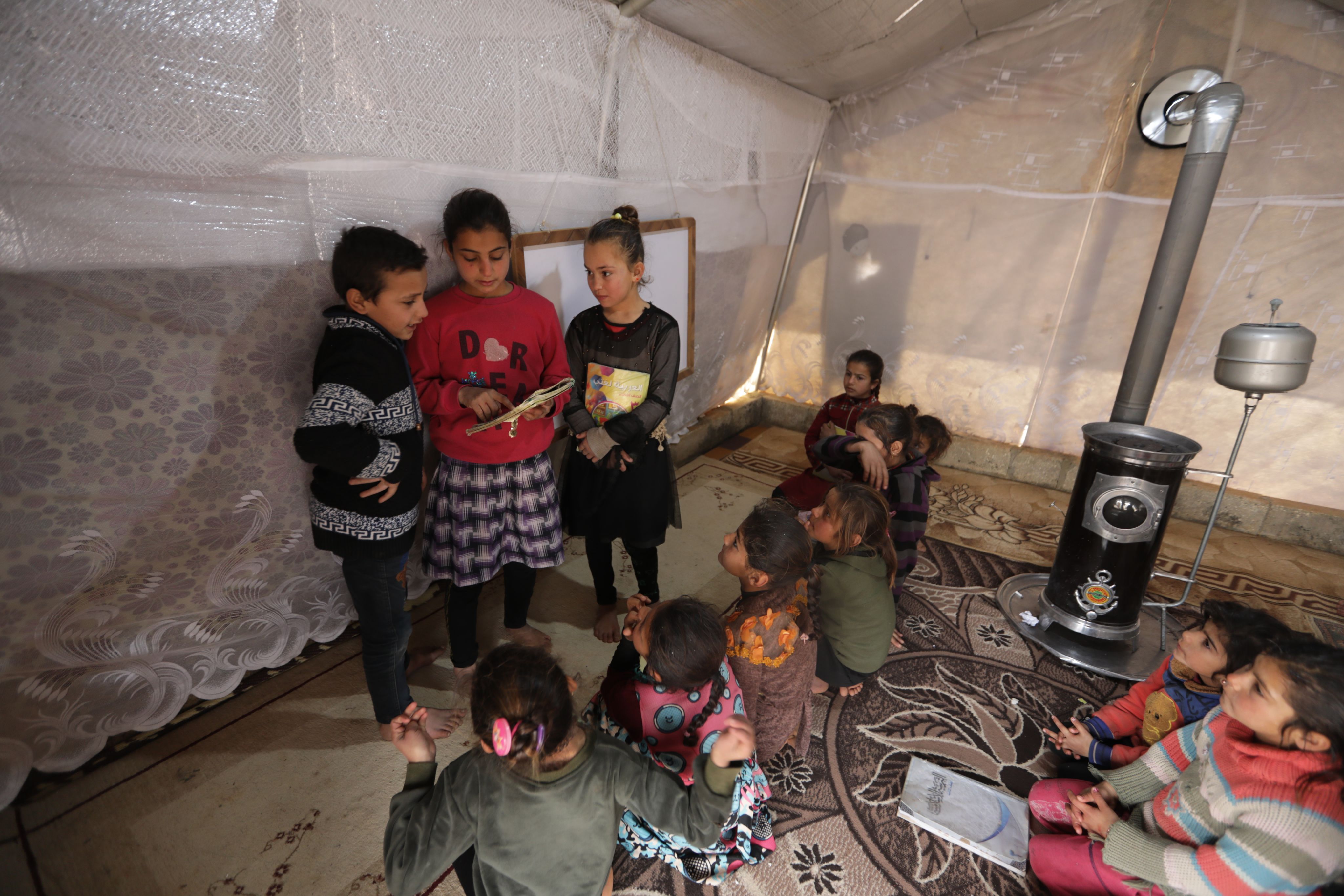
The school tent:
